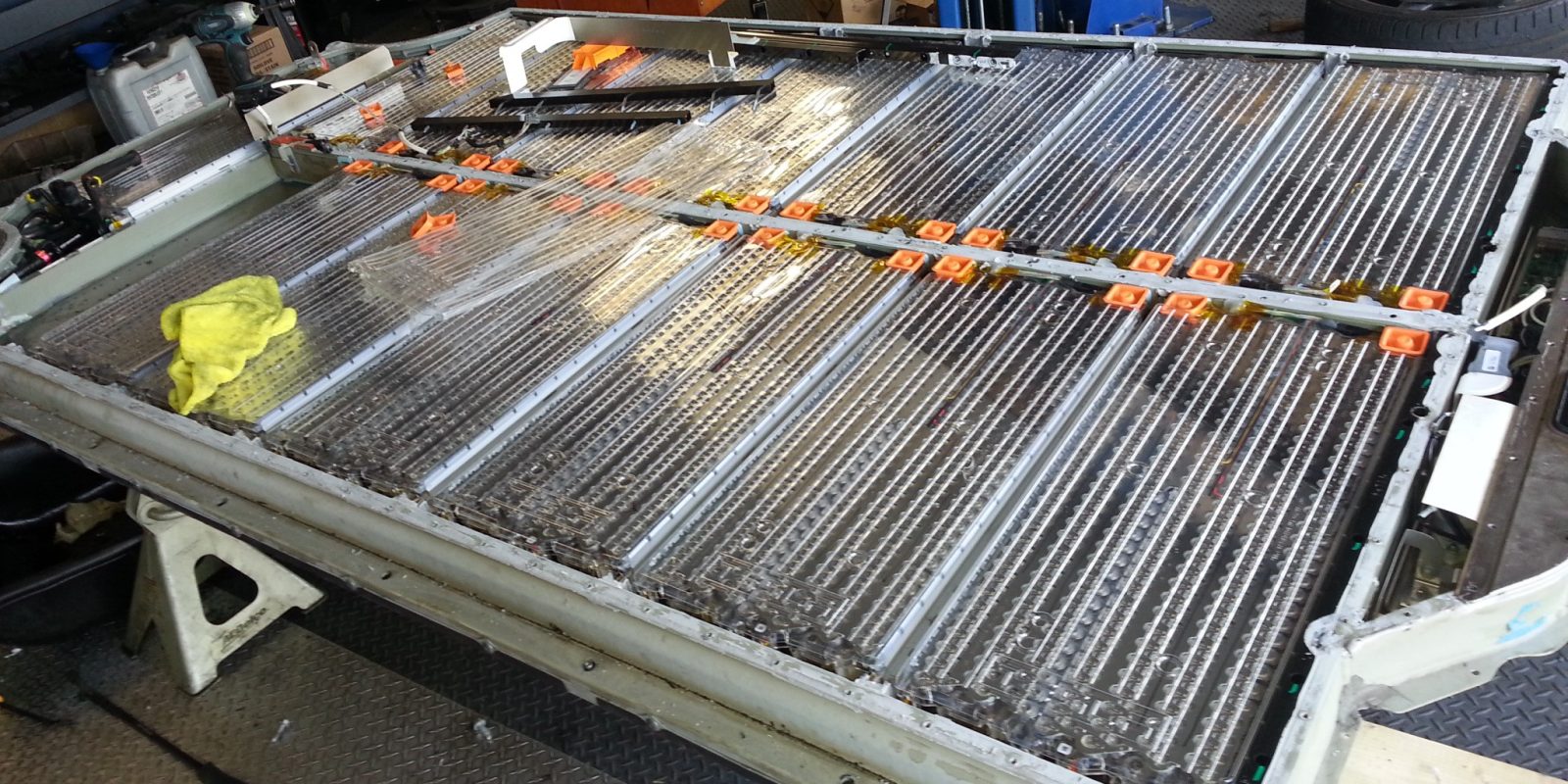In the third quarter of 2018 (Q3-2018), Tesla Model 3 batteries will account for no less than 43 percent of EV battery shipments worldwide. Model S and Model X batteries will account for another 16 percent, bringing Tesla’s EV battery market share to nearly 60% by the end of the third quarter of this year.
Tesla is the clear leader in EV batteries thanks to its early collaboration with Panasonic that now spans almost a decade. The fact that nearly half of all EV battery shipments will be for the Model 3 goes a long way in cementing Tesla Motors as the maverick flagship of the EV industry and puts Panasonic at the helm of EV battery development.
The new 2170 lithium-ion cells now being made at Gigafactory 1 by Tesla and Panasonic in the ironically named town of Sparks, Nevada, which is expected to be under construction for at least four more years, if not more. It already takes nearly two hours to walk through the entire factory.
At the recent investor call, Tesla also confirmed that the Gigafactory rumored to be built in China is, in fact, no rumor. That rounds up almost two years of speculation, unverified information and leaks from various sources.
Tesla will remain the frontrunner in the EV race for several years, and it’s not only because of its battery production and technology superiority. It’s also because of its massive and growing Supercharger network in the United States. The network is an essential part of being able to pit EVs against more traditional ICE (internal combustion engine) cars with much longer ranges. And Tesla focused on that long before the Model 3 became a reality on the roads.
All of this now puts Tesla in a perfect position to release a truly mass-market EV with impressive range and the latest features typically reserved for luxury cars. When will that happen? Not for a few years at least, we suspect. The Model 3 has to go through hundreds of thousands of deliveries before that can happen. But we’re guessing that Elon Musk already has something planned for the average car buyer for 2020 and beyond, when other car companies will just be rolling out their first EV models that can do more than 300 miles on a single charge.



